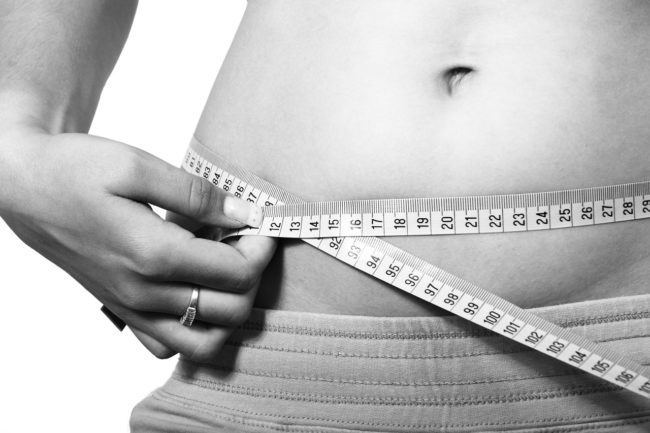
Are you looking to shed your baby weight and hoping to get back to the size you were prior to pregnancy? The Keto Diet could be the answer. So, here are some tips for starting a keto diet so you can lose weight effectively.
1. Clean Out the Kitchen
Adjusting your environment is the first step to any major lifestyle change to make that you are not constantly fighting temptation. Give away all the carb-heavy foods that you will not be eating and in their place get healthy fats such as grass-fed ghee or butter, MCT oil, olive oil, as well as Keto Coffee Creamer that perfectly mixes in with any drink, whether cold or hot.
The secret to keto success, is to ensure that you have plenty of healthy fats and keto-friendly snacks on hand, particularly in the first several weeks as you deplete your glucose reserves. That will be the time when fatigue and cravings will be at their worst and it will be in your best interests need to not have any temptation but rather to have keto-friendly foods on hand and in plenty.
2. Meal Prep
Meal prepping, like cleaning out a kitchen, has much to do with creating the path of least resistance when making the transition from a conventional diet to the keto diet, which tends to generally be more restricted.
If you must give much thought to every bite of food that goes into your mouth, you will probably find yourself exhausted by the time the day ends, which means that you are more likely to slip up and get yourself a sandwich. A keto meal plan can be a great way to keep on track.
A better idea would be to ensure that you have a few staple meals on hand, such as low carb vegetables (pre-cut/ pre-cooked), wild-caught cold water fish such as salmon, and grass-fed and pastured meat.
3. Track Your Macros (at least initially)
The keto diet is heavily reliant on the tracking of macros. The reason is that it is almost impossible to deplete your glycogen reserves if you have been consuming too many carbs but not enough fat.
The macronutrient ratios might vary, but one ratio that has gained wide acceptance is about 5 to 10 percent carbohydrates, 65 to 80 percent fat from healthy fat sources such as coconut-derived MCTs, and 15 to 30 percent protein. You are free to modify these ratios slightly as you see fit, but the important thing is to keep the carbs low and rely on fat as the main calorie source.
4. Prepare for Eating Out
If you have previously tried a restricted diet such as vegan or Paleo, you are probably aware just how challenging it can be to eat out. Fortunately for you, the keto diet is incredibly simple: low-carb vegetables and meat, plus a drizzle of real butter or olive oil. You can also prepare by bringing a travel-size bottle of keto Coffee Creamer with you.
To be sure that the restaurant you choose is capable of accommodating your new eating plan, check out the menu beforehand and check that they allow food substitutions. You should consider replacing any fries, bread, or potatoes with cruciferous vegetables such as broccoli, leafy greens, or salad and prepare a truly ketogenic meal by adding a generous pour of MCT.

5. Strategic Supplementation
You might lose more electrolytes than normal as the body adjusts to the ketogenic diet. The keto diet is also naturally lower in things such as fiber along with various other micronutrients. You can try targeted supplementation to make sure that you feel your best throughout the keto journey.
How To Change Your Body In 2 Weeks!
6. Intermittent fasting (IF)
Intermittent fasting is a great tool for helping you get into a ketogenic state quicker, lose unwanted fat quickly, and get rid of your cravings. The practice generally involves creating specific eating/fasting windows. The vast majority of people begin with a fasting window lasting 13 hours and then slowly work their way up to 16 – 18 hours of fasting every single day.
7. Work Out
The keto diet is changing the body on a metabolic level, particularly during the first several weeks. This could mean that your energy levels will start to change. In addition, some people usually have much more body fat to get rid of while others will quickly burn through their glucose reserves.
It means that your regular workouts might stop working for you. During the first several weeks, you need to listen to your body. If you find yourself getting exhausted, you should consider taking a break from heavy training for several weeks and find out exactly how you feel. If you find your energy levels going through the roof, you should not shy away from experimenting with more challenging workouts.






